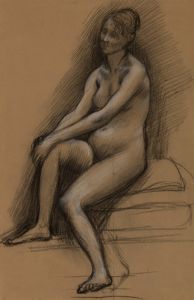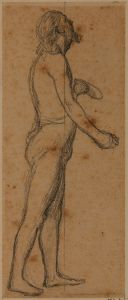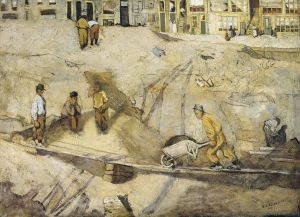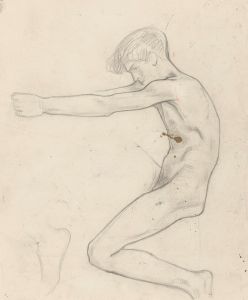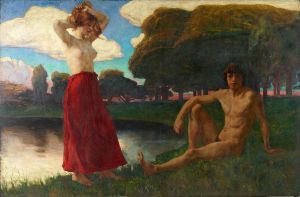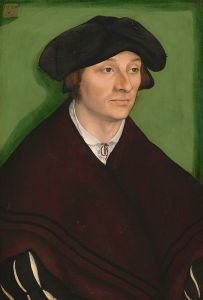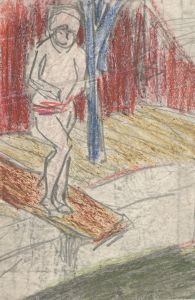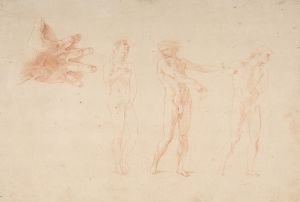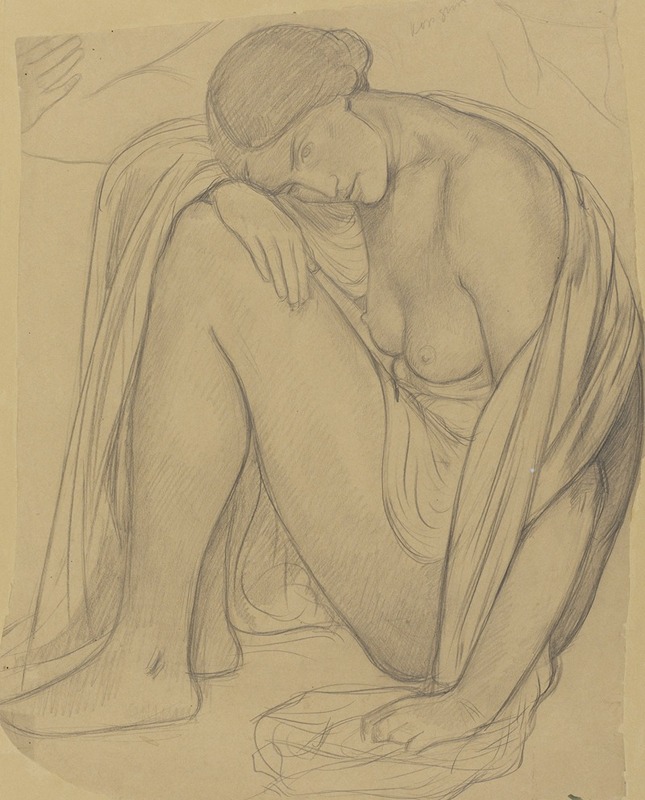
Zittende vrouw
A hand-painted replica of Richard Nicolaüs Roland Holst’s masterpiece Zittende vrouw, meticulously crafted by professional artists to capture the true essence of the original. Each piece is created with museum-quality canvas and rare mineral pigments, carefully painted by experienced artists with delicate brushstrokes and rich, layered colors to perfectly recreate the texture of the original artwork. Unlike machine-printed reproductions, this hand-painted version brings the painting to life, infused with the artist’s emotions and skill in every stroke. Whether for personal collection or home decoration, it instantly elevates the artistic atmosphere of any space.
Richard Nicolaüs Roland Holst was a prominent Dutch artist known for his contributions to the Symbolist movement in the late 19th and early 20th centuries. His work often explored themes of mysticism, spirituality, and the human condition, reflecting the broader Symbolist interest in conveying emotional and philosophical ideas through art. One of his notable works is "Zittende vrouw," which translates to "Seated Woman" in English.
"Zittende vrouw" exemplifies Roland Holst's skill in capturing the introspective and contemplative nature of his subjects. The painting features a woman seated, her posture and expression suggesting a moment of quiet reflection. Roland Holst's use of color and composition in this piece is characteristic of his style, which often combines a muted palette with a focus on the emotional resonance of the subject.
Roland Holst was part of a larger artistic and intellectual milieu in the Netherlands, which included his involvement with the Amsterdamse Joffers, a group of female artists, and his marriage to the poet and socialist Henriette Roland Holst. His work was influenced by his interest in socialism and his belief in the transformative power of art. This ideological commitment is often reflected in his art, which seeks to transcend the mundane and engage with deeper existential themes.
The Symbolist movement, to which Roland Holst belonged, was characterized by its rejection of naturalism and its emphasis on the symbolic representation of ideas. Artists within this movement sought to express the ineffable and the mysterious, often drawing on literature, mythology, and religion for inspiration. Roland Holst's "Zittende vrouw" can be seen as part of this broader artistic endeavor, using the figure of the seated woman as a vessel for exploring themes of introspection and inner life.
Throughout his career, Roland Holst was also involved in various artistic collaborations and was a member of several influential art societies, including the Dutch artists' association Arti et Amicitiae. His work was exhibited widely, and he played a significant role in the cultural life of the Netherlands during his lifetime.
While specific details about the creation and exhibition history of "Zittende vrouw" may not be extensively documented, the painting remains an important example of Roland Holst's contribution to Symbolism and his ability to convey complex emotional states through his art. His legacy continues to be appreciated for its depth, its engagement with social and philosophical issues, and its distinctive aesthetic qualities.
In summary, "Zittende vrouw" by Richard Nicolaüs Roland Holst is a work that captures the essence of Symbolist art through its focus on introspection and emotional depth. Roland Holst's broader body of work and his involvement in the cultural and intellectual currents of his time underscore his significance as an artist who sought to explore the deeper dimensions of human experience through his art.






